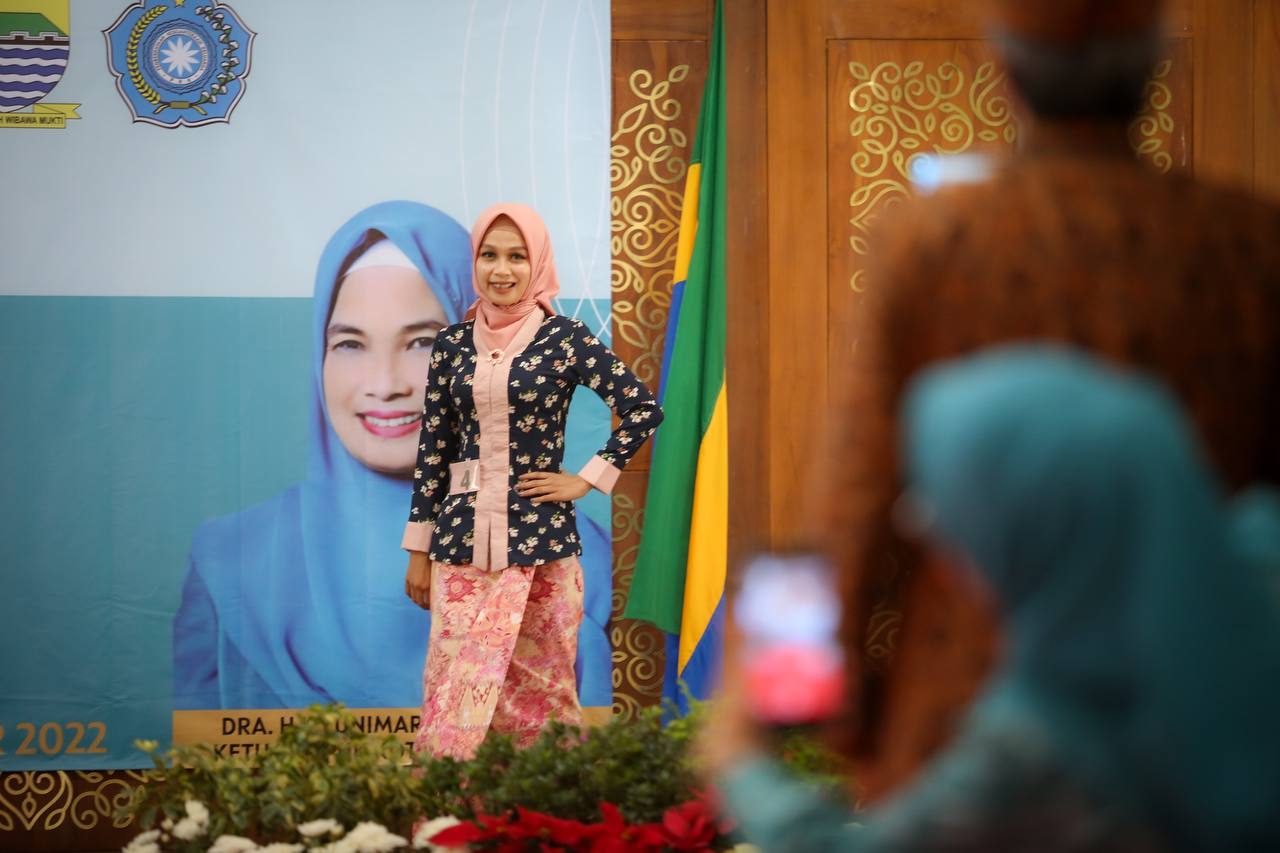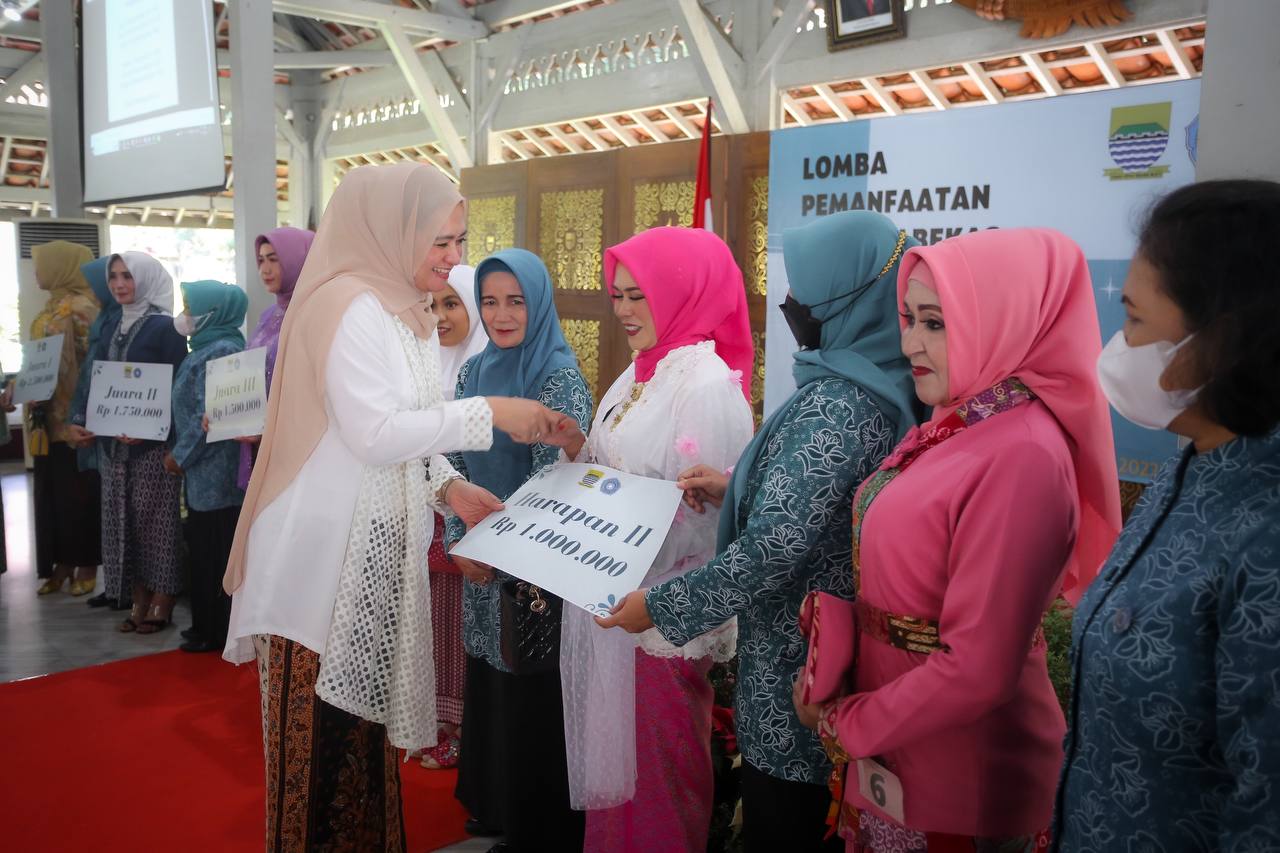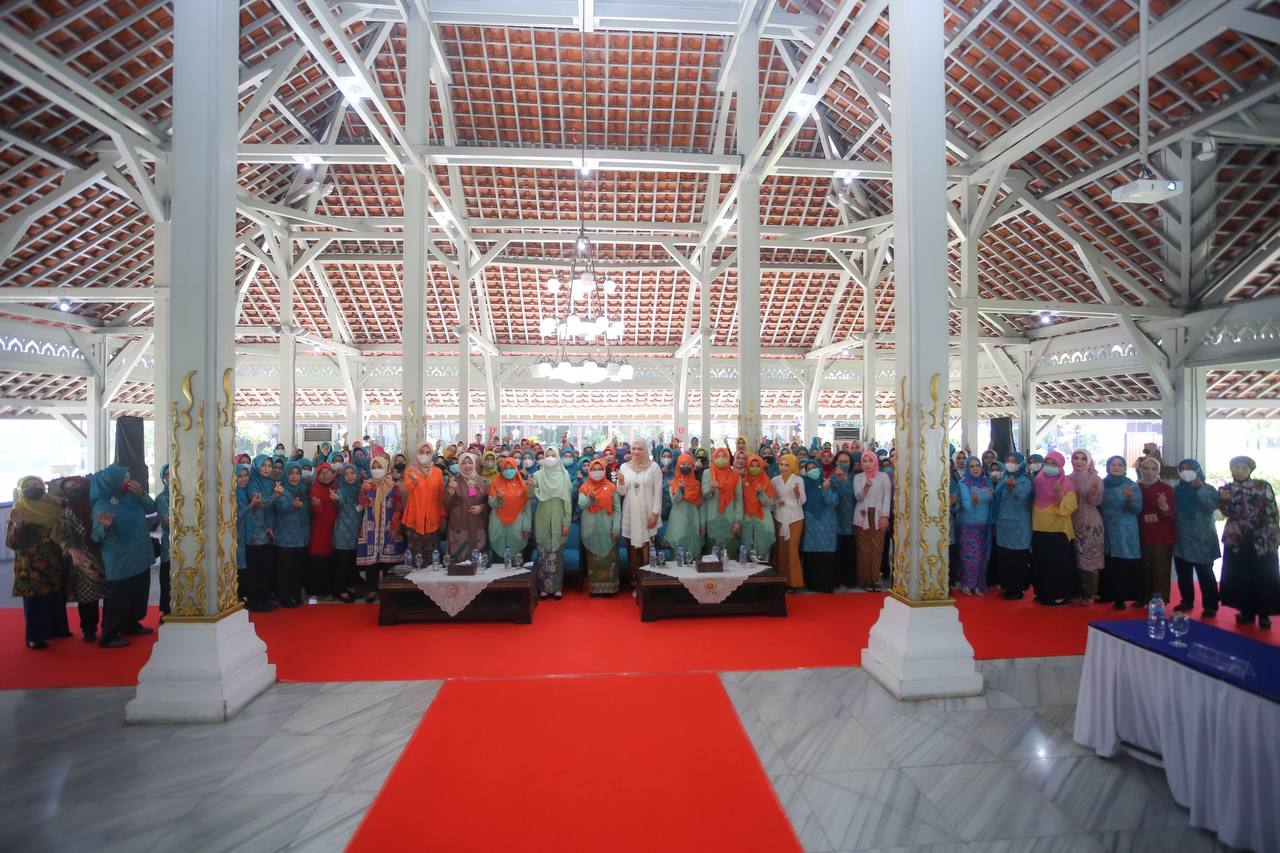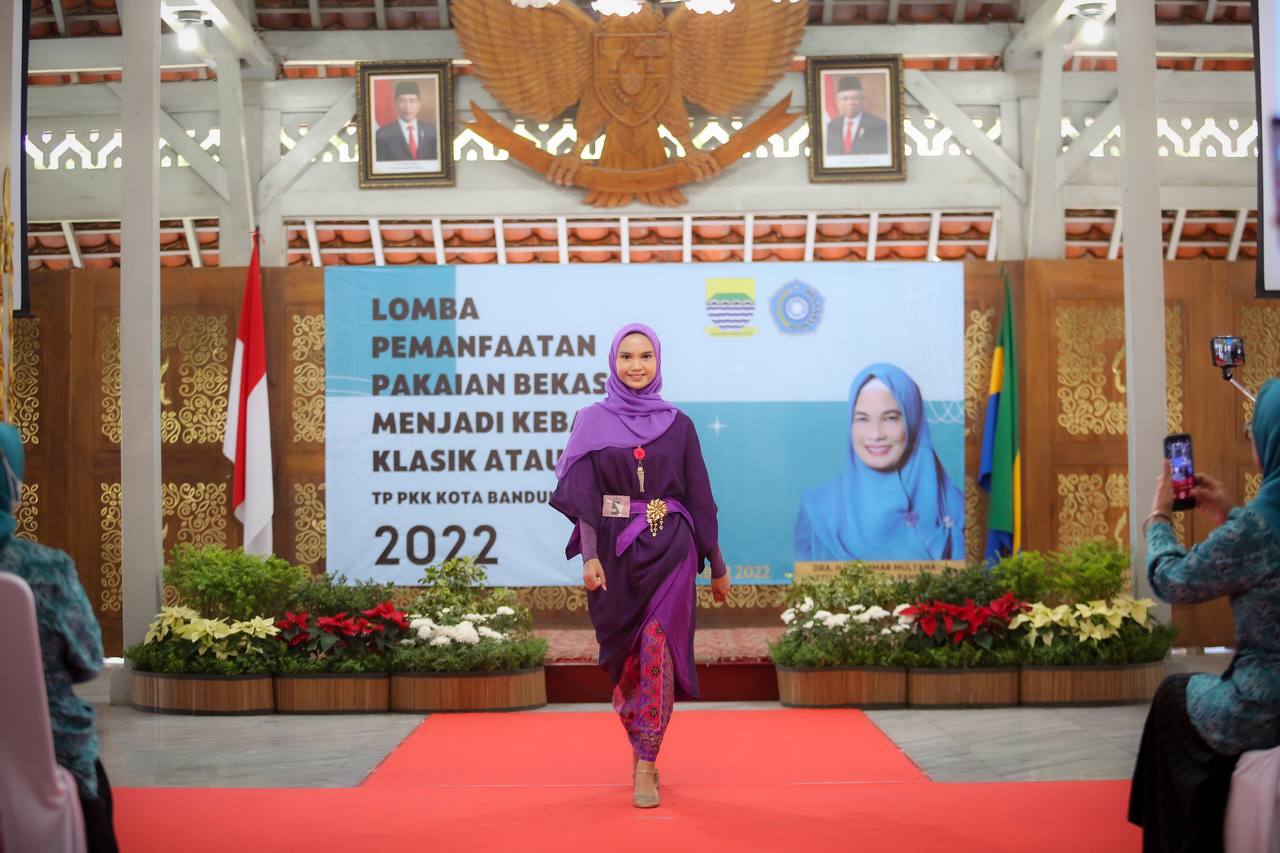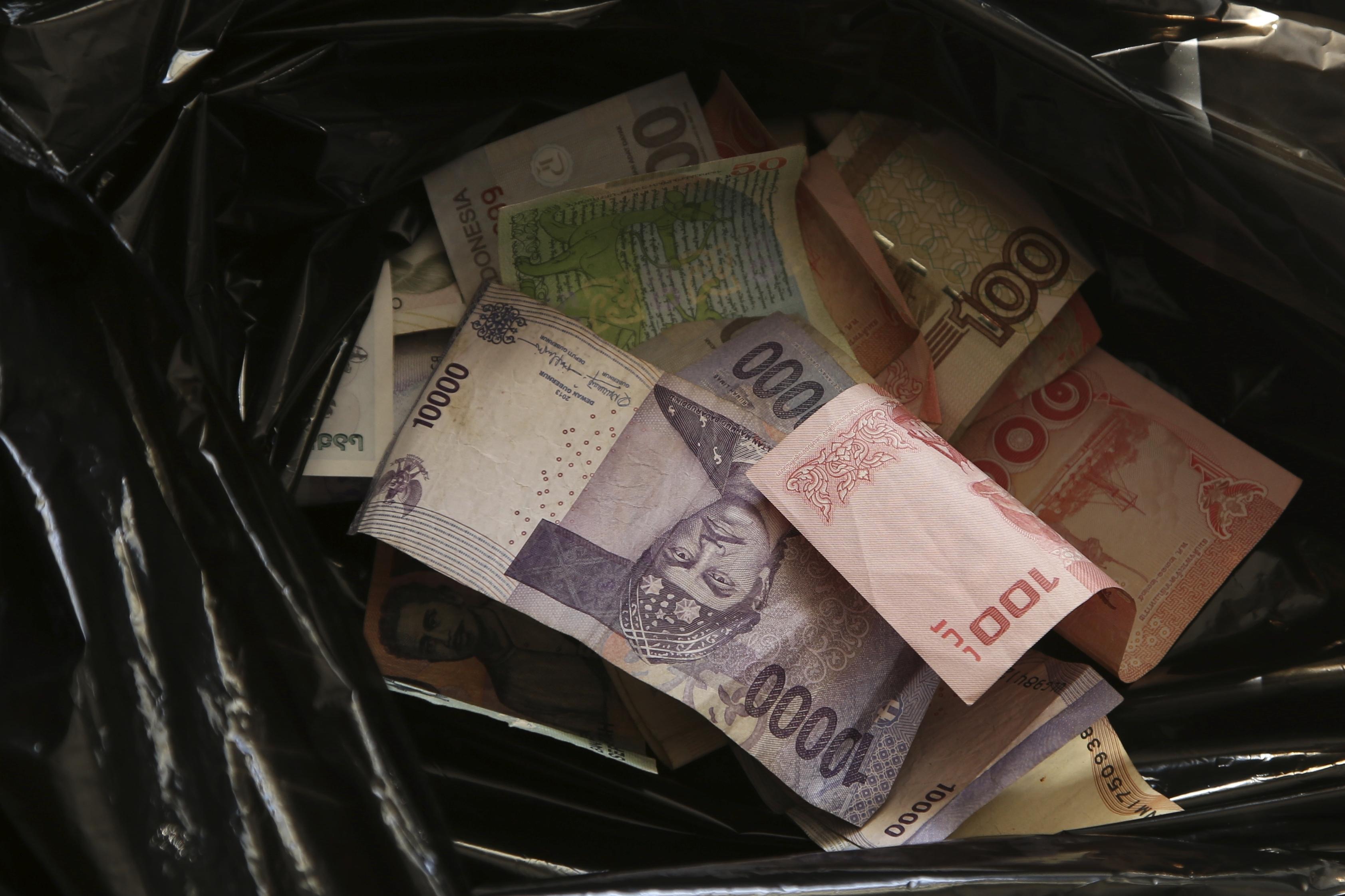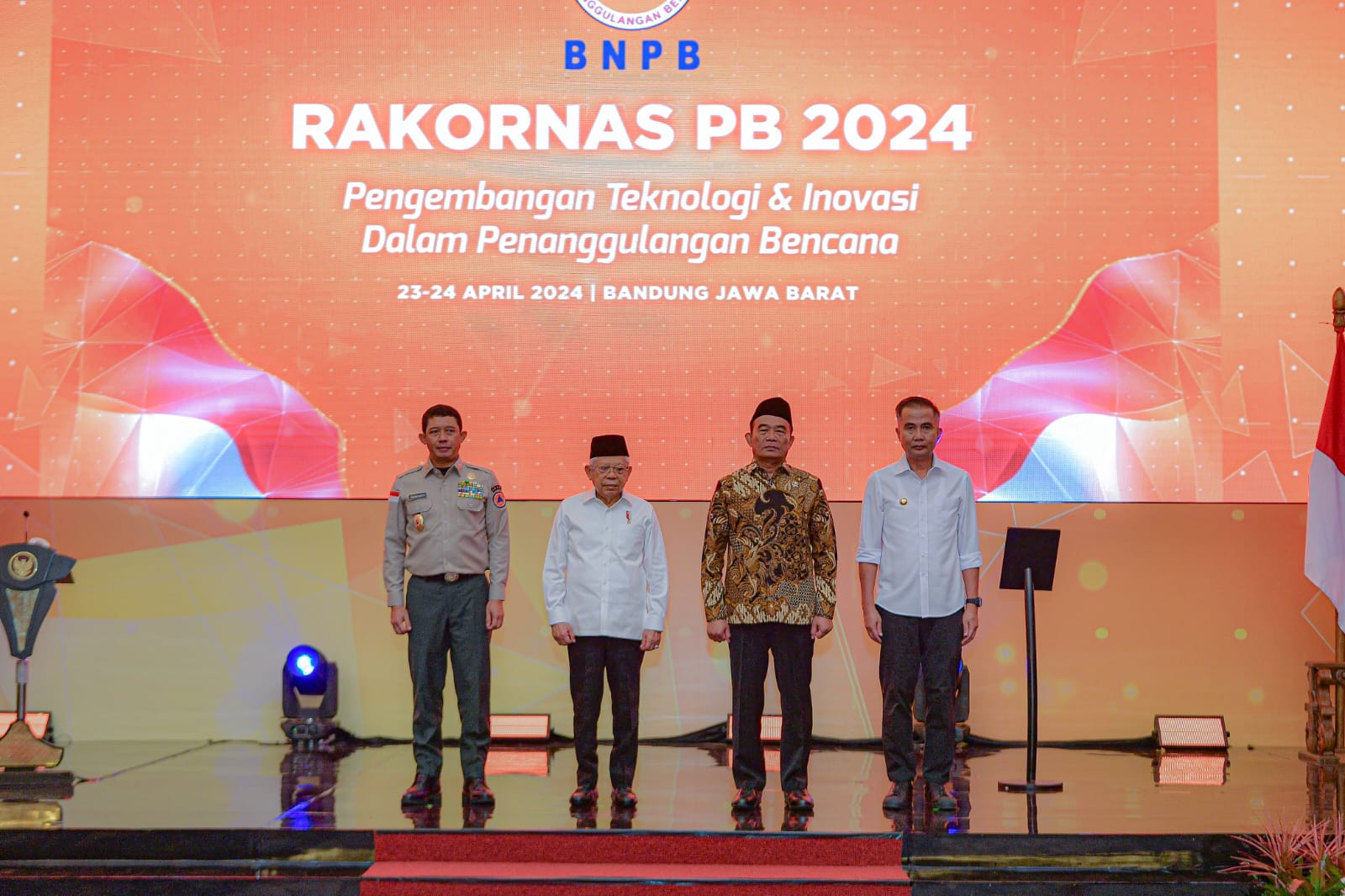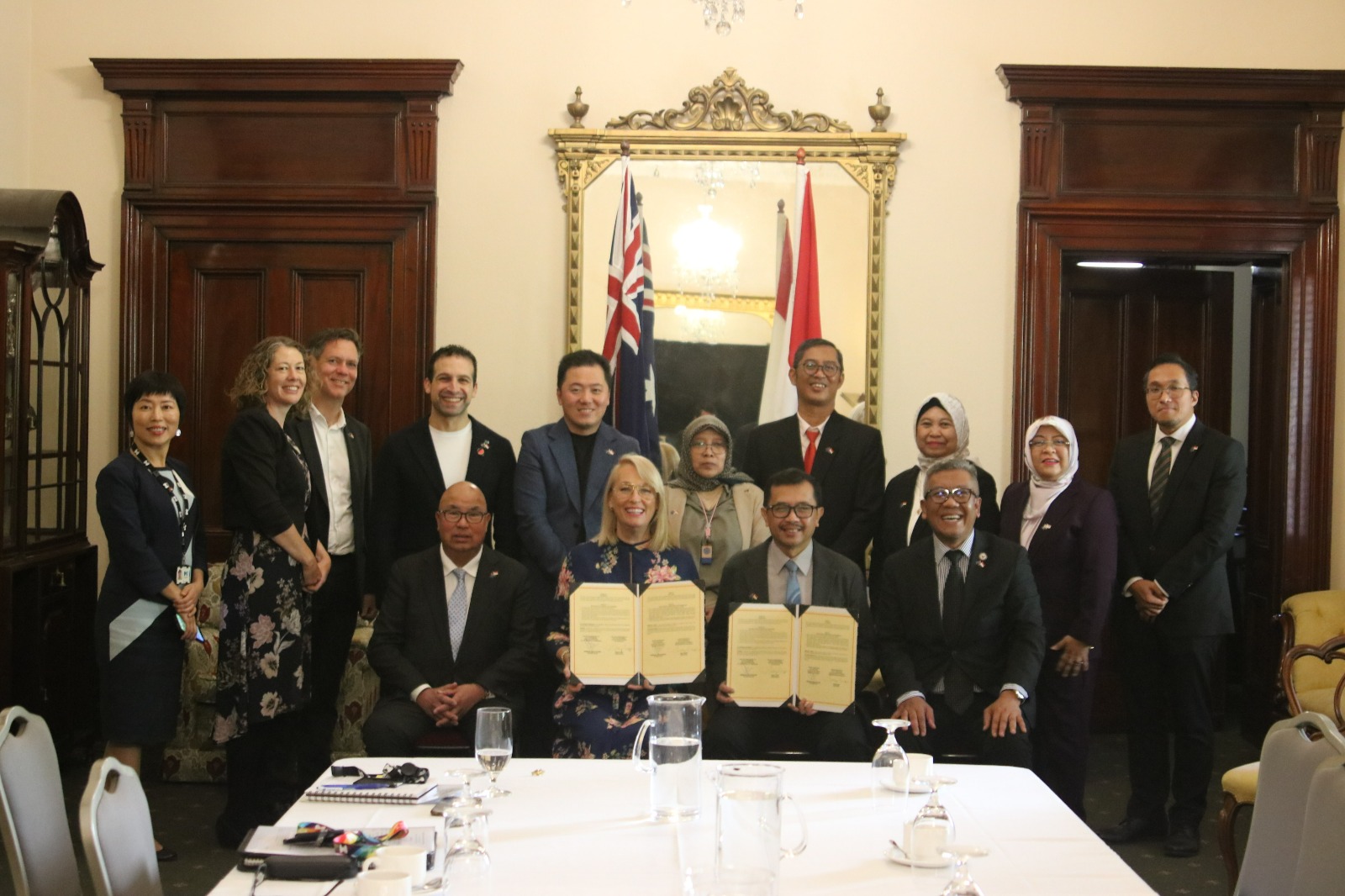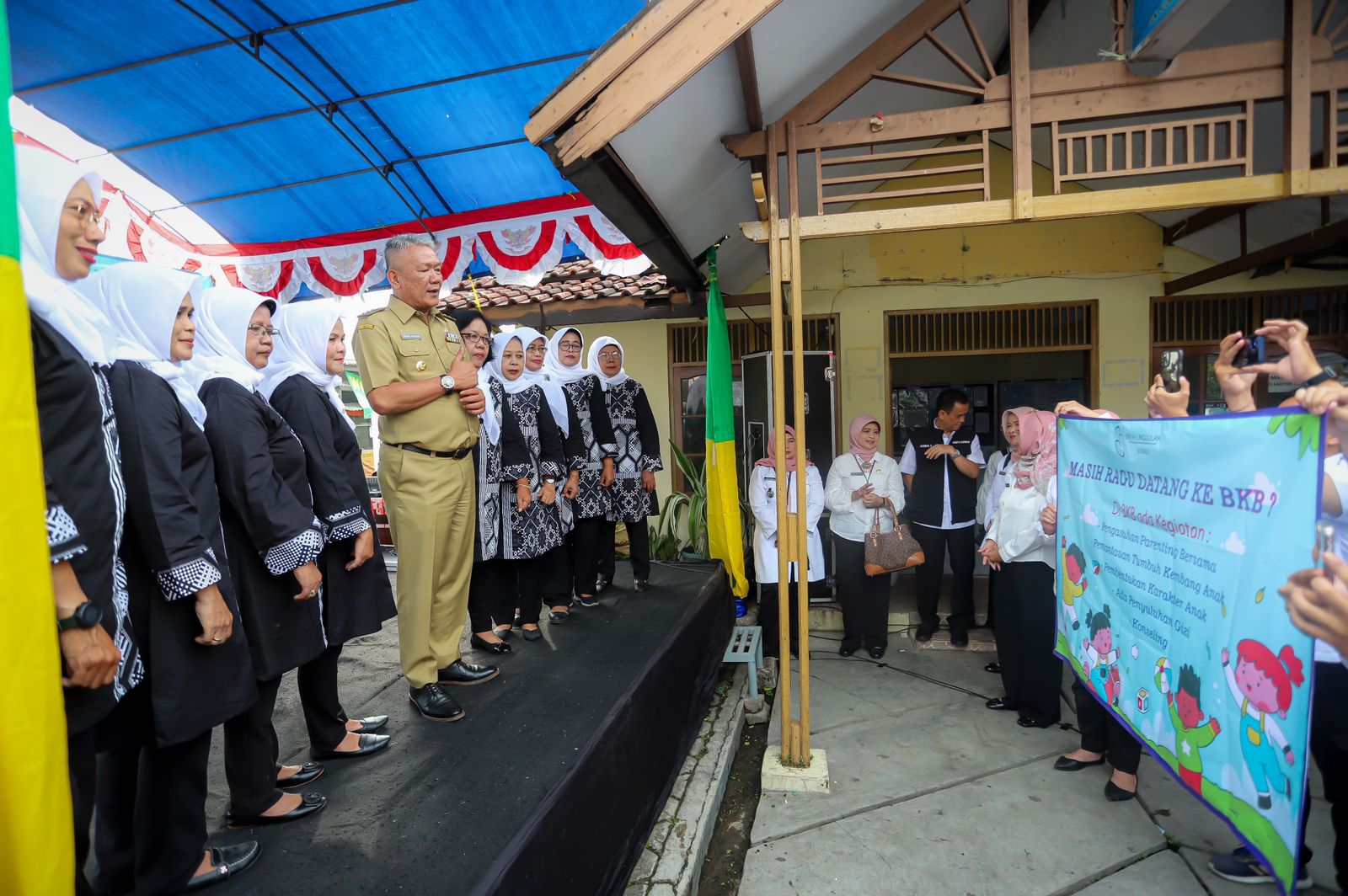Cool! The Capital City of Bandung Conjures Used Clothes Into New Kebayas
The representatives of Family Empowerment and Welfare (PKK) in all sub-districts of Bandung City hone their creativity through the use of used clothes into classic or modern kebayas.
Each sub-district was represented by two participants to compete to show off their "upsycling" kebaya designs at the Bandung City Hall, Tuesday, September 27, 2022.
On this occasion, the Chairperson of the PKK Mobilization Team, Yunimar Mulyana said, one of the objectives of this activity was also to get representatives to compete at the West Java (Jabar) provincial level.
"Pokja 3 of all sub-districts in Bandung City held a city-level competition to use used clothes to become classic or modern kebayas. Then, after getting the winner, they would be representatives heading to the West Java level," said Yunimar.
"For the representatives, we will first see how many participants are asked to be their respective representatives," he added.
By using used clothes, Yuni hopes to reduce the waste that goes to the Final Processing Site (TPA). This is also a step taken in the Kang Pisman program.
"Waste of clothing cannot be decomposed, so that with this moment the community can reduce the waste that will be disposed of in the landfill," he said.
In addition, he also said, hopefully this activity can also increase economic empowerment in the community. Not only upsycle kebaya, but also can create other works.
In this competition, the participants sent a video of the upsycle making process. Then assessed which one has met the criteria.
The Chief Executive and Working Group 3 of Bandung City, Yuli Rahmatia, explained that the criteria assessed included creativity in recycling and the neatness of the clothes that had been made.
"We also assess the suitability of the theme. The theme is used clothes to become classic or modern kebayas," said Yuli.
In terms of 3R, it is also an assessment: reuse, recycle, reduce. These items can be reused according to the design made.
One of the participants from Sukaasih Village, Bojongloa Kaler District, Eva Nyayu Farhat. His work received a lot of appreciation from other participants.
"I was looking for material from mukena. Then there was a shirt with a skirt, there was also furing," said Eva.
"When I saw that his hands were wearing cuffs. Finally, I designed a classic kebaya but with modifications using bell sleeves made of furing material. Added beads, swarovski, and stones," he continued.
Then he used the rest of the materials to make a "cover pouch" design that had not been used for a long time. The rest of the material is pasted with decoupage art.
This material is glued and pasted, after that it is varnished and dried using a hairdryer.
"The decoration is also attached with glue. Then we just sprinkle the beads. This is without using any more sewing," he said.
In addition, he also makes slip-on shoes that have not been used for a long time.
"The color is white, I just stick it with the rest of the material," he added.
Then, the slayer on the shoulders of the kebaya is made from a former veil. The brooch is also made of furing plus mute.
"Because the material is very thin, if it is used in a dreamy way, I will just use it as a slayer in this kebaya," he explained.
For three days, Eva made this kebaya. The most difficult part for him was making the pouch. Moreover, the material is slippery because it is made of imitation.
For expenses, he admitted that it was no more than Rp. 50,000 to buy decorative materials such as various sequins.
"We can use waste or leftover materials to be recycled and make it more useful. So that Kang Pisman walks, the economy can also increase. This if in a boutique it can be hundreds of thousands to millions," he said.
Eva also used to make it from patchwork. The clothes used for daily activities are made of batik
"Kang pisman, it's true that we can do it. With materials that have no value, they have economic value after we use them," he said.
Another participant from Antapani Wetan Village, Antapani District is Wakingatun or often called Atun. Together with his colleague who is also a model, Heni Nur Saadah designed their own kebaya.
"We wear three clothes because they will make the kebaya jumbo size. Brocade tunic, batik tunic, batik shirt. This is the result of the creation for 3 days," said Atun.
From looking for designs, making patterns, measuring, cutting, sewing to video editing, everything was done in three days.
"Used clothes that have tears are thrown away, we choose those that are still good and then we sew them. The front, back, right, left are different. Hopefully this work can represent Antapani well," he said.
According to Atun, the most difficult process is measuring the kebaya for a large body size. Because, for him, the kebaya should be the right size for the wearer's body.
"Especially to adjust the width of the back is not the same as women in general," he admits.
Although difficult, but for him the most important thing is the comfort of the user.
"If the user is comfortable, they like the design. There is a sense of pride in me as a tailor," he said.
He hopes that this activity will improve the community's economy in the future. as well as me




